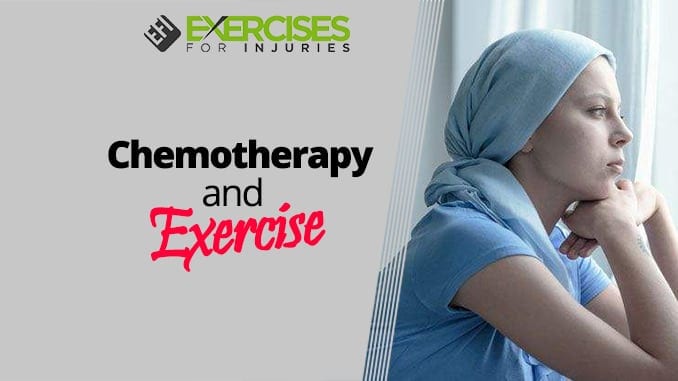
A fitness professional detailed her breast cancer experience on my blog, and I decided to turn it into an article to make sure it didn’t disappear. She describes her experience and everything she went through.
Thank you, Linda
My Story
I am a certified yoga teacher and a breast cancer survivor.
In November 2010, I underwent modified bi-lateral mastectomies and had 30 lymph nodes removed from beneath my right arm.
All patients with invasive breast cancer have lymph node surgery as part of their treatment. Macromolecules and waste fluids are removed from the system via the axillary lymph nodes, which are found in the armpit. Because they are tiny and difficult to see, a section of tissue is removed from the armpit, and the lymph nodes are then removed from the tissue and analyzed for any cancer cells.
As a result of this surgery, some women develop arm motion restriction and axillary web syndrome after a sentinel node biopsy and axillary clearance. Before any surgery, the woman is given a choice of the type of reconstructive surgery she prefers.
Types of Breast Cancer Reconstruction
Prosthetic (implant) reconstruction
Autologous reconstruction includes Latissimus dorsi flap (black flap; TRAM flap (abdominal flap); Free tissue transfer (free TRAM), and Perforator flaps (DIEP flap).
During my mastectomy surgery, expanders with a dermal graft were placed between the pectoralis major edge and the chest wall to stretch the pectoralis major and remaining skin, creating a pocket in which implants may be inserted during a subsequent procedure. This is the approach I chose for reconstruction.
After the mastectomy, the plastic surgeon begins to inflate the expanders biweekly to lengthen the muscles. At first, this process is not difficult, but after several inflations, the pectoralis can become extremely painful. Since there is a lot of trauma and discomfort in the armpits and chest right after surgery, you feel better after a couple of weeks.
As soon as I started feeling better, I slowly moved and stretched my arms.
Breathing exercises before and after surgery and during recovery are essential.
Lifting the arms overhead was painful at first, but you learn to breathe through and witness the process.
Exercise and Chemotherapy
When you start to feel better (usually a month after surgery), you begin chemotherapy. Chemotherapy sessions generally last from 3 to 6 months. After chemotherapy, then radiation.
Doctors recommend that patients NOT exercise on the day they receive chemotherapy.
Radiation therapy has an array of implications for exercising and range of motion. In many cases, radiation thickens and scars the surrounding skin and tissue. As a result, the content of movement is affected.
Today, most doctors want you to start exercising as soon as possible after surgery. While under chemotherapy and radiation, the patient and the exercise instructor must know the blood count.
If it’s low, there is a risk of infection, and while the patient should maintain some level of activity, strenuous exercise is not advisable.
Lymphedema
There is another issue that affects about 49% of all breast cancer survivors, and that is lymphedema. Due to the structural or functional impairment of the lymph system during surgery, the lymphatic flow is disturbed, resulting in lymph accumulating and swelling of the affected arm. Bacteria thrive on this protein-rich fluid, so lymphedema-affected tissues are prone to infections. There is a lot of conflicting information on types of exercises for patients suffering from lymphedema.
I have been diagnosed with Stage I lymphedema, and I wear a compression sleeve and glove during waking hours. It is important to note that if you have a breast cancer survivor as a client and notice that one of the arms is swollen, you should immediately refer them to their doctor for treatment.
A person with lymphedema should not exercise without their compression garments.
I certainly appreciate this discussion and hope that my input is helpful. I have been teaching yoga to cancer patients at local hospitals and medical facilities and find it rewarding. Hospitals and many cancer centers around the country are conducting classes and programs for certified yoga instructors and physical therapists to work with cancer patients. If not, I bet you could talk to your local hospital about putting together one for your area. Sorry for the extended length of this message, but it’s my passion! Peace!
– Linda
Thank you so much, Linda; there was some great information there.
Thank you for sharing and great idea about starting up a yoga program at the hospital.
Rick Kaselj, MS
P.S. – If you are looking for an exercise program to do after cancer, you can check out:
.



